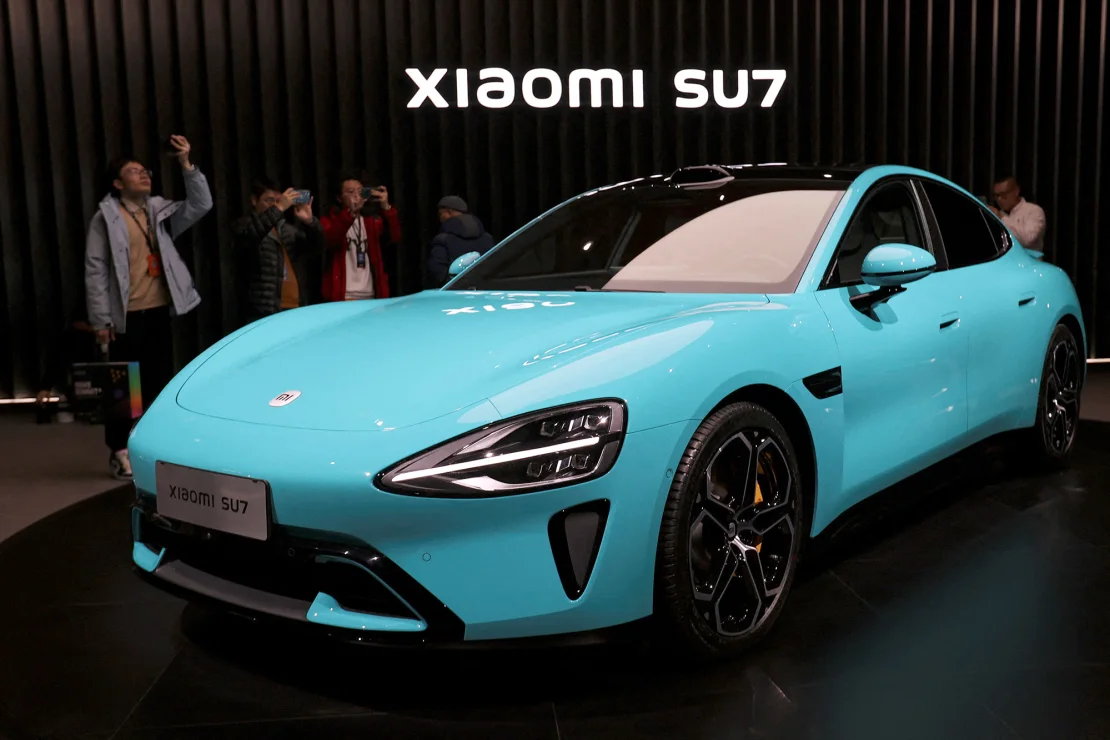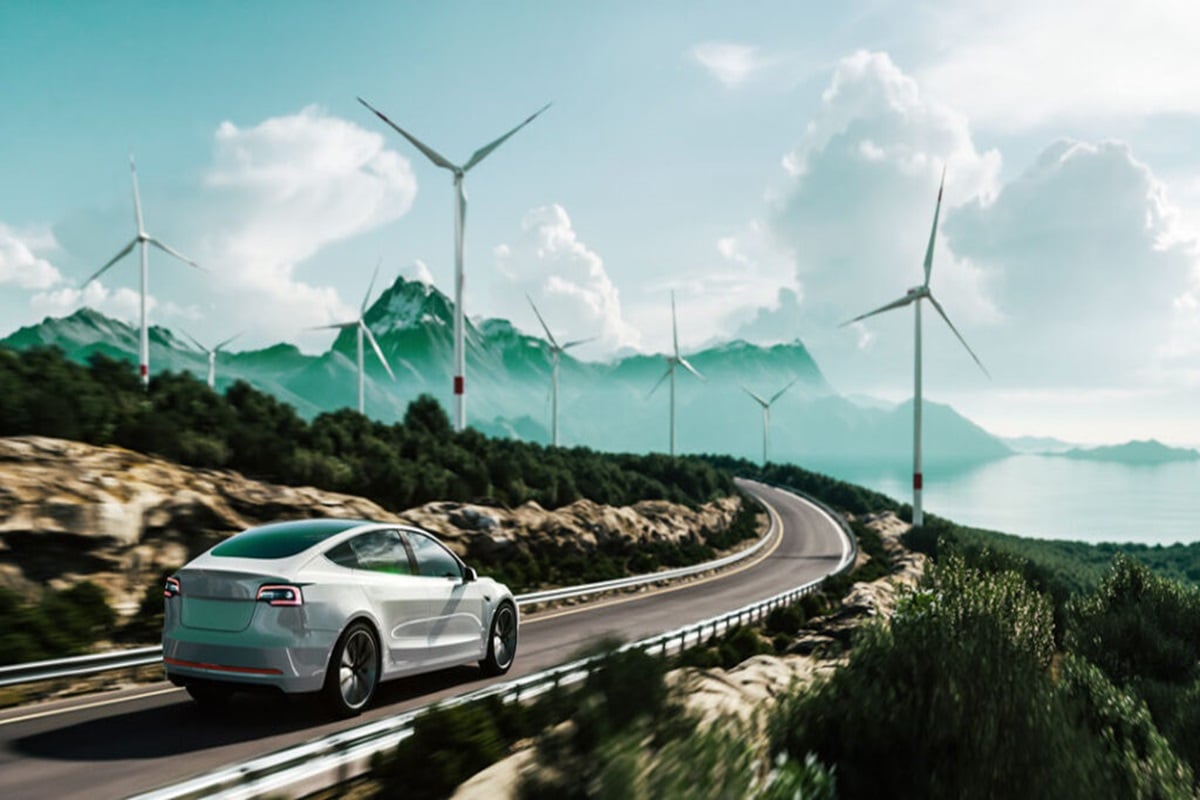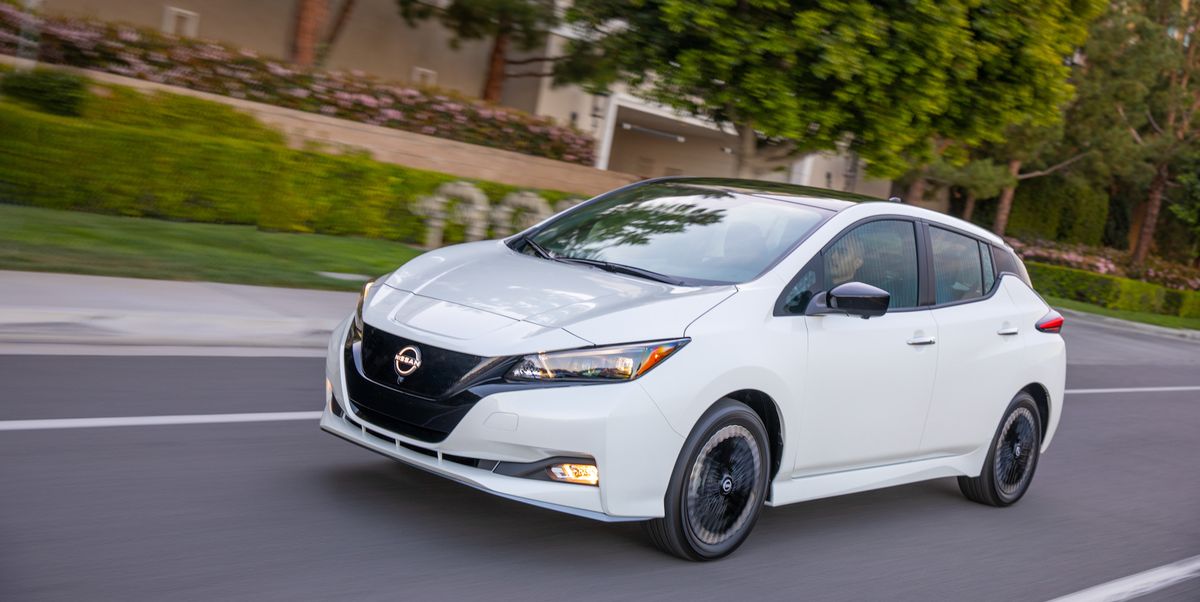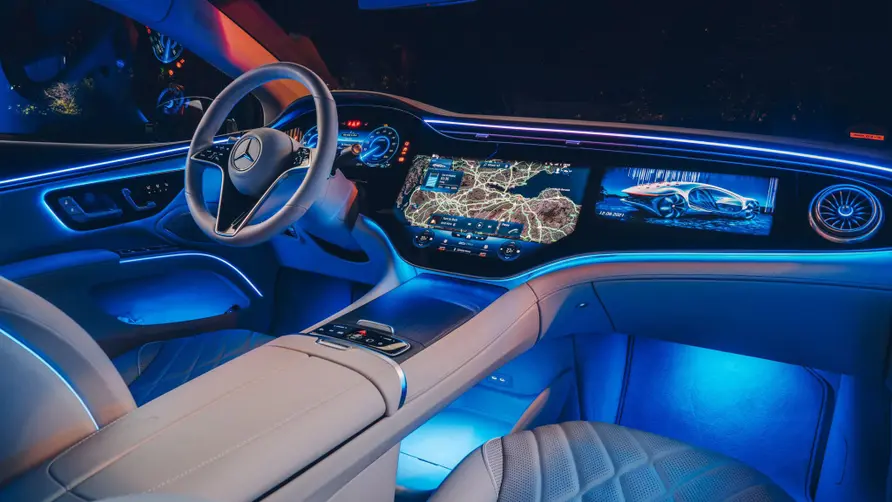The world of electric vehicles (EVs) might be on the brink of a dramatic shift thanks to a recent discovery from Nyobolt, a promising British startup focused on batteries. Nyobolt has recently made headlines with their novel 35kWh lithium-ion battery. The first live demonstration indicated that it could charge from 10% to 80% in just over four and a half minutes.
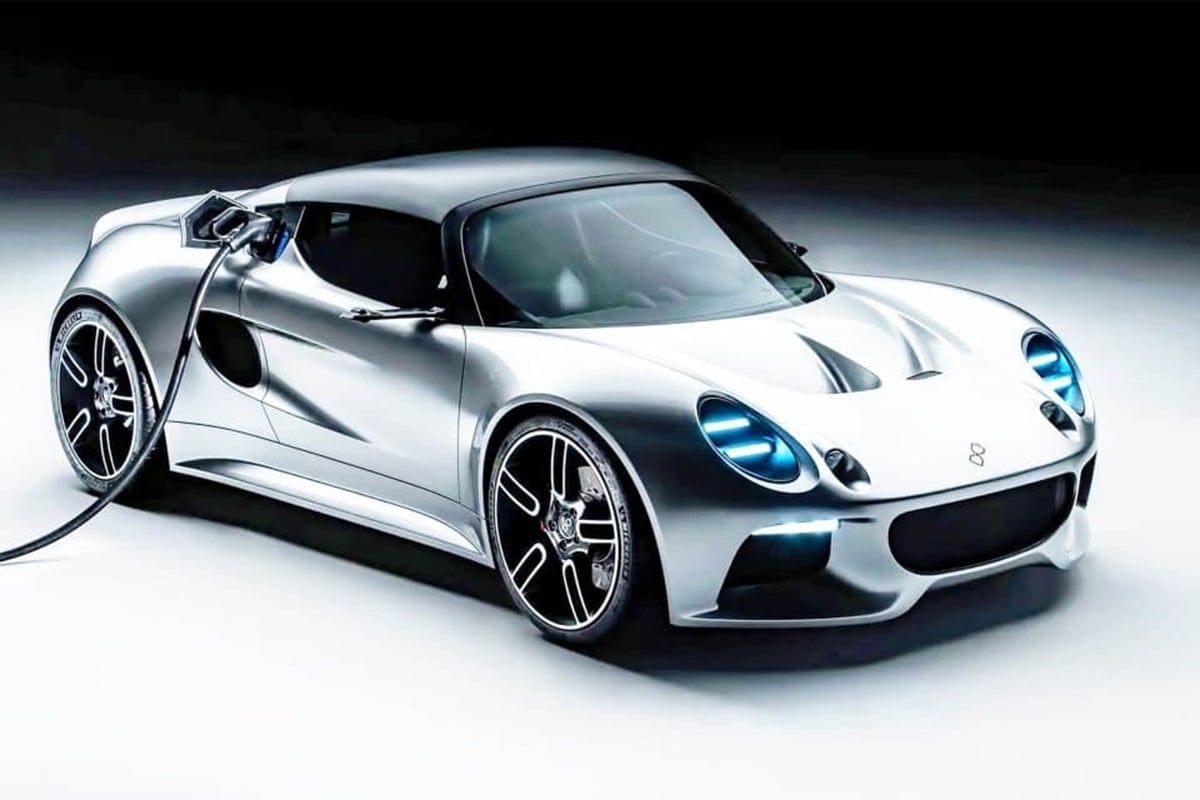
This innovation could make the inconvenience of extensive battery-charging durations and bringing electric vehicle convenience closer to that of traditional gas-powered cars. Headquartered in Cambridge, This is a significant leap from the usual 20 odd minutes spent on fast chargers like Tesla’s Supercharger, and it’s well on the way to the average gasoline fill-up time of two minutes.
“Our extensive research here in the UK and US has unlocked a novel battery technology that is ready and scalable right now. We are enabling the electrification of new products and services currently considered inviable or impossible,” said Nyobolt CEO Sai Shivareddy.
This extraordinary technology is not an overnight success, but the culmination of a decade of research steered by scientists from the University of Cambridge. Its unique design minimizes heat generation during charging, reducing overheating risks that could lead to battery fires and explosions.
Moreover, the materials used in the battery’s anodes enhance electron transfer speed, contributing to faster charging times. Currently, Nyobolt is engaging with eight electric car manufacturers to potentially integrate their batteries into future vehicles.
Long charging times have been a persistent drawback of EVs, often hindering their adoption by many potential users. For those unable to charge their vehicles at home, the time taken for charging can also disrupt their daily routines. This innovation from Nyobolt, tested in the firm’s sports car prototype, offers great prospects especially for drivers who rely on electric cars for their work and commercial EV fleets, notes Paul Marchment of Arval.


